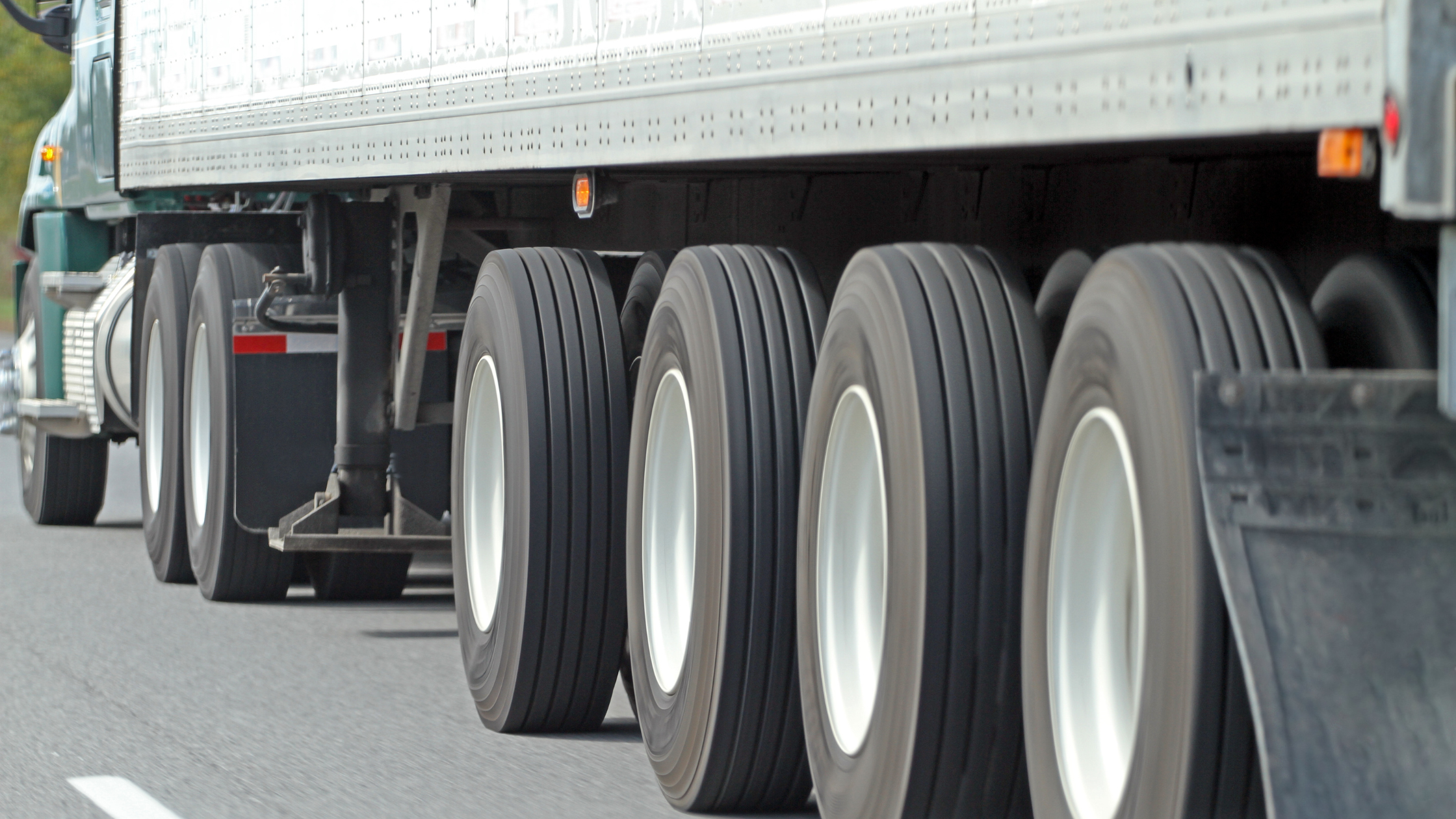
- August 26, 2014
- Katlin Owens
Keep an Eye on Those Tires
One of the most important aspects of safety and efficiency is keeping an eye on tire wear and upkeep. Poor tire maintenance can lead to significant decreases in fuel efficiency, as well as safety hazards such as flats, blow outs and sidewall damage from curbing.
New steering tires can last 90,000 to 150,000 miles, depending on brand and how well they are managed; drive tires can go 300,000 to 400,000 miles and trail tires typically last three years. To make sure your tires are in top condition and to help prolong the life of your tires, check out the information and things to note during pre-trip inspections below:
• It’s normal for tires to lose some air pressure, especially when temperatures change. Keeping the appropriate air pressure levels is one of the most important keys to tire health. In fact, the number one tire killer is incorrect air pressure! Over-inflated tires can result in poor handling, deteriorating ride comfort and premature wear. Under-inflation may lead to the same problems as well as increased fuel consumption and overheating. The effects of overheating are particularly damaging, and can result in tread separation and blowout. The recommended pressure range is 85 to 100 psi, depending on the tire position.
• Check and adjust air pressure at least once a week and report any new wear conditions that appear. For example, a tire that is worn on either the inside edge or the outside edge can be an indication of an alignment problem. Advanced wear on both sides at once is often an indication of low tire pressure, and wear in the center of the tread usually points to over-inflation.
• If the tire wear seems even, use a depth gauge to check tread depth at three separate points around the tire. Forgot or lost your tread gauge? Use a penny. Insert the penny into the tread with Lincoln’s head pointing down. If you can see the top of Lincoln’s head, the tire is worn. The Department of Transportation’s minimum tread requirement is 4/32 tread for the steer tires, 2/32 for the drive and trail tires. Also always check for foreign objects in the tire.
Leave Your Comment
Many desktop publish packages web page editors now use model text
search for sites their infancy.